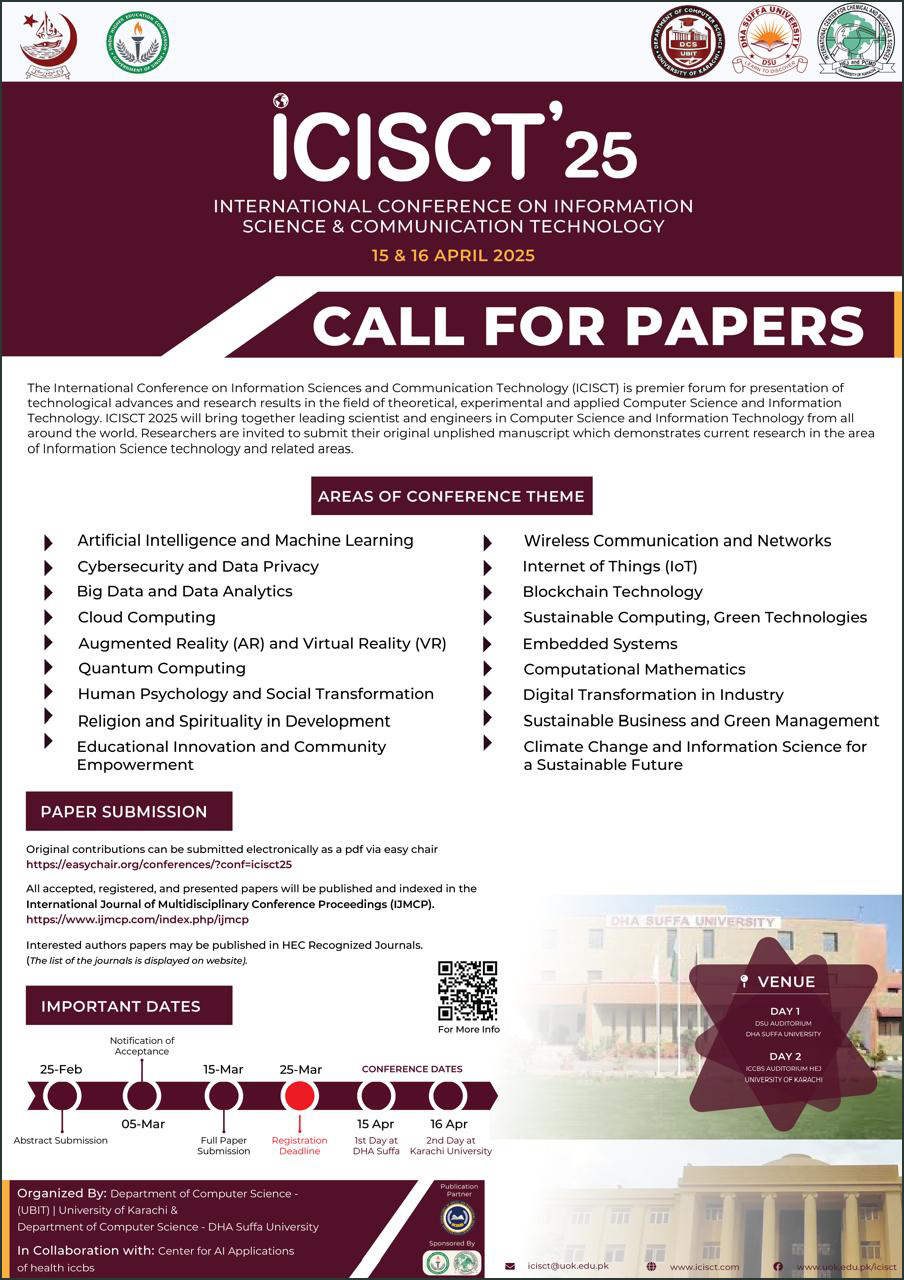Neighborhood Characteristics and their Association with Delinquent Behavior: A Multi-city Spatial Assessment of Juvenile Delinquency in Punjab, Pakistan
DOI:
https://doi.org/10.61503/cissmp.v2i4.82Keywords:
Neighborhood Structure, Neighborhood Process, Spatial Variation, Delinquent BehaviorAbstract
The current examination focuses on discovering the interplay between spatial variations in adolescent delinquent behavior and neighborhood characteristics in Punjab, Pakistan, across multiple cities. In literature, neighborhood divided into two section, neighborhood structure and neighborhood process. So in this research, researchers measured neighborhood process through the role of family characteristics, peer group influence, and role of mass media while neighborhood structure through spatial variation. Data collected from the juvenile housed in Bahawalpur's Borstal Institution and Juvenile jail through an interview schedule. To find out the relationship between neighborhood characteristics and juvenile delinquency, regression analysis was employed. According to the regression analysis, researcher found that neighborhood have no direct effect on delinquent behavior but through the spatial variation, as a mediating variable, the result of between neighborhood process and delinquent behavior. To encourage open communication, the research recommends that families and guardians stay informed about engaging in activities for children, dedicate meaningful time together, and nurture a close bond.
Downloads
Downloads
Published
Issue
Section
License
Contemporary Issues in Social Sciences and Management Practices (CISSMP) licenses published works under a Creative Commons Attribution-NonCommercial (CC BY-NC) 4.0 license.









